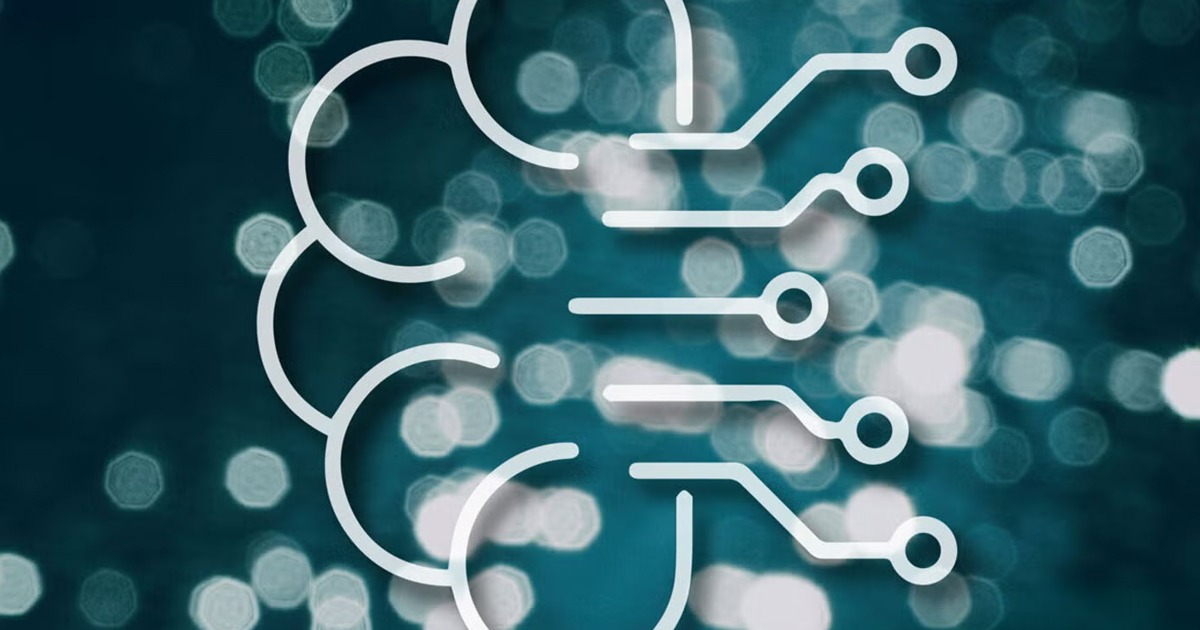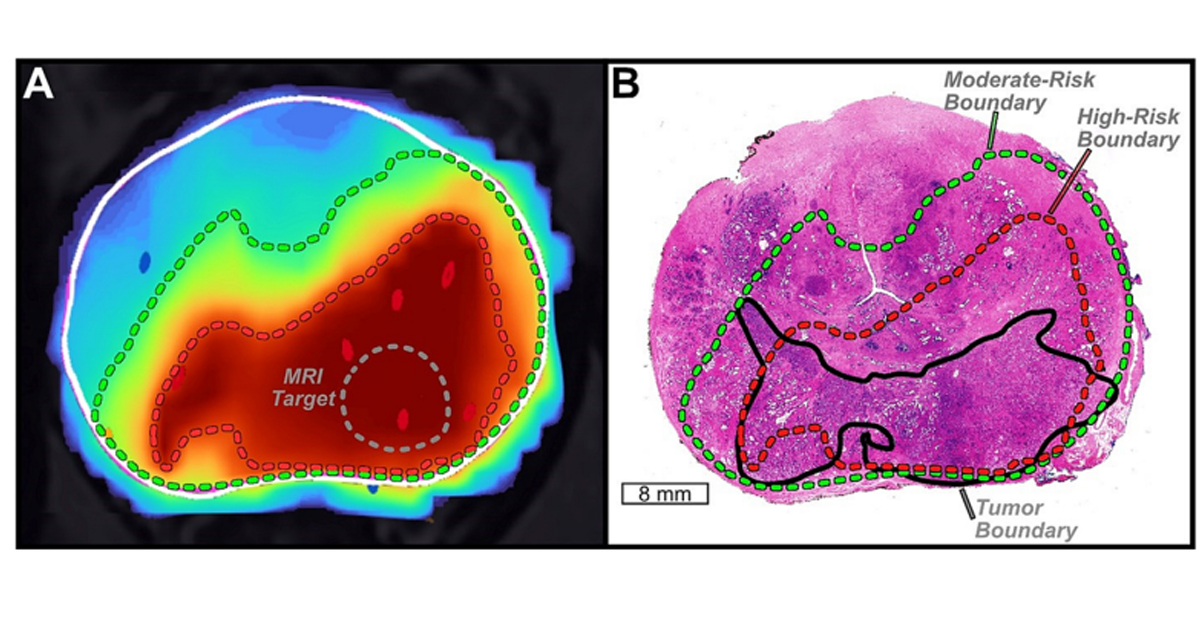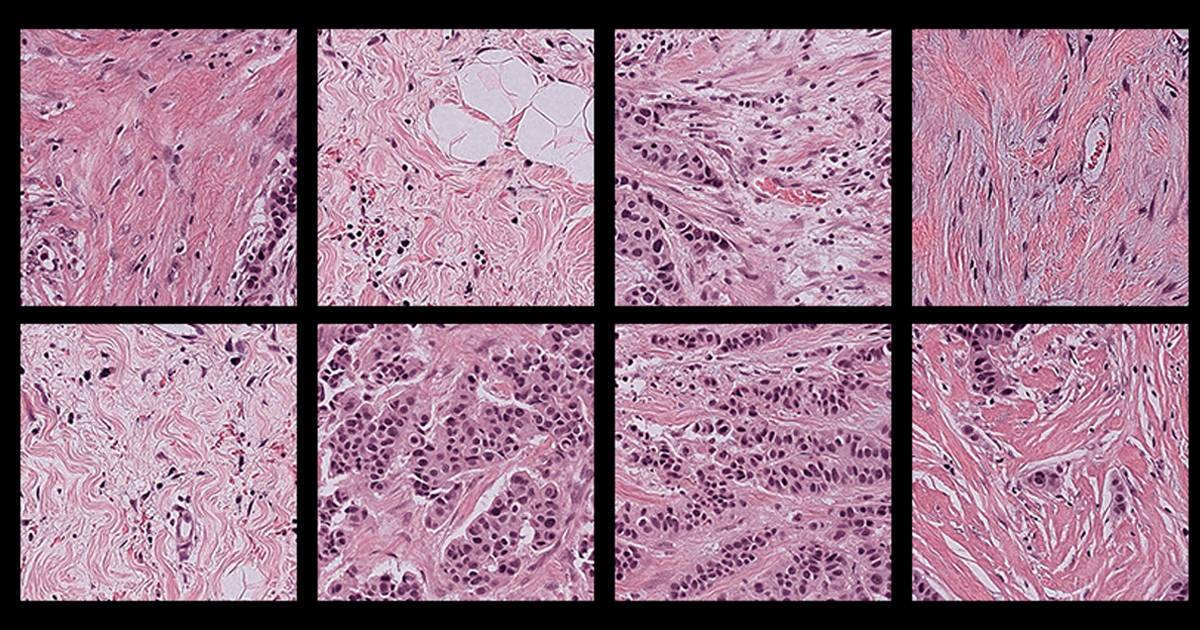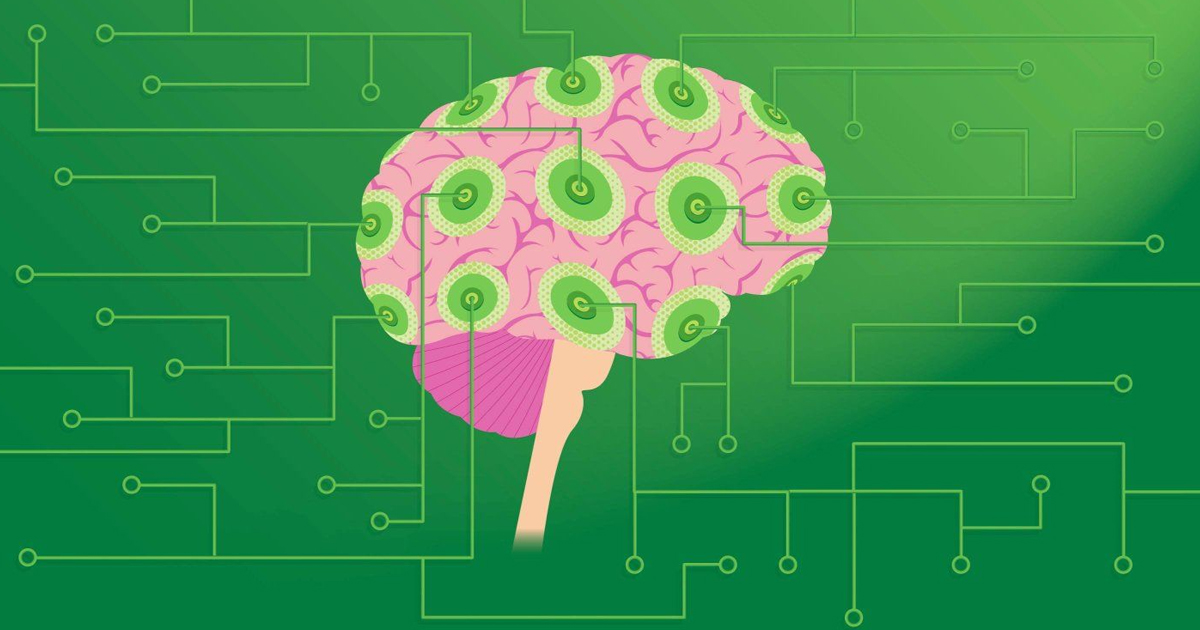La odontología digital utiliza nuevas tecnologías y dispositivos dentales digitales para realizar procedimientos con mayor eficiencia.
La transformación digital también ha llego al ramo de la odontología, al agilizar y favorecer procesos que tomarían más tiempo. Tecnologías como los escáneres intraorales y faciales, tomografías computarizadas, software para diseño asistido por computadora, impresión 3D, dispositivos portátiles, entre otros, forman parte de esta transformación nombrada odontología digital o digital dentistry.
Revistas científicas especializadas en odontología como Dental Materials, han publicado artículos en relación con este tema. El artículo: Odontología digital: el nuevo estado del arte: ¿es disruptivo o destructivo? publicado en la edición de enero de 2020, explora el alcance de la tecnología en la odontología y cómo la ha mejorado durante los últimos tiempos.
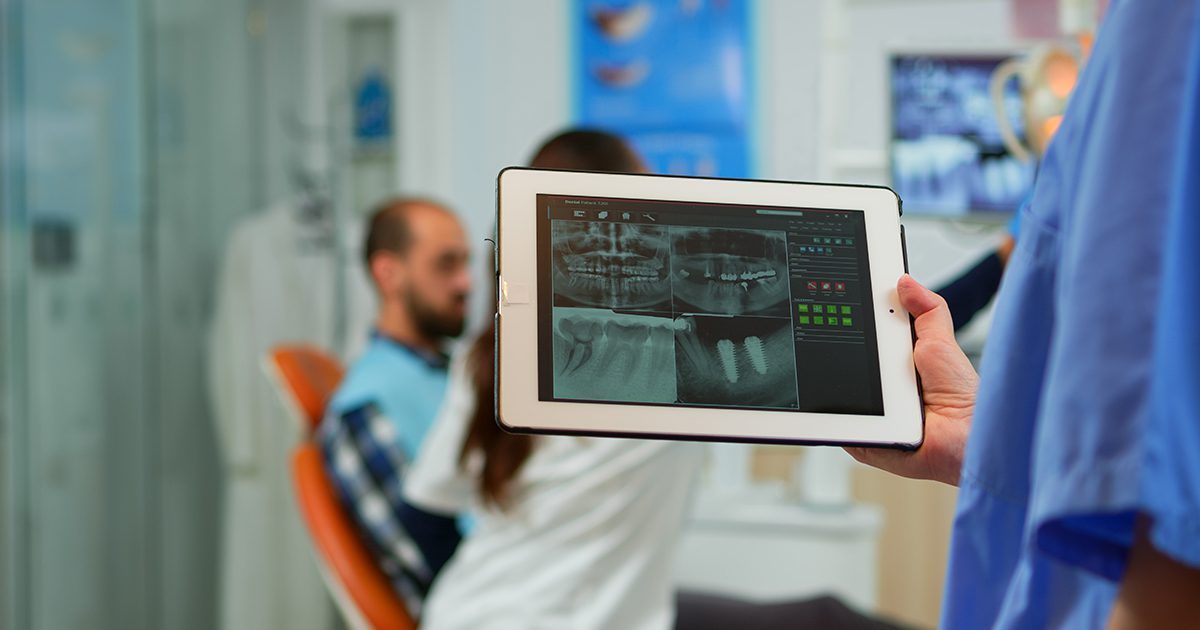
Además, la publicación explica que la odontología digital va más allá de los escáneres intraorales, ya que hay una gran variedad de nuevas técnicas desarrolladas para el ejercicio odontológico como sistemas que han mejorado la atención a pacientes en cirugías, y desarrollo de prótesis dentales. Además, la odontología digital ha abierto oportunidades para la investigación de los científicos de materiales.
De esta forma los nuevos enfoques suelen brindar mayor eficiencia y precisión, según explican la autora, E. Dianne Rekow. Asimismo, destaca el gran avance en el uso de datos: “Los datos se pueden extraer de manera más eficiente para usos forenses y epidemiológicos”.
La odontología digital contempla no solo el trabajo de profesionales en esta área de especialización, sino también ingenieros, tecnólogos, desarrolladores de software, entre otros. Para ello es necesaria la educación digital de los próximos profesionales.
SCIENCE DIRECT
https://www.sciencedirect.com/science/article/abs/pii/S0109564119308061
DIGITAL DENTISTRY SOCIETY
https://digital-dentistry.org/mission/
ECONOMIC DENTAL
THE NEWSPAPER


